StorageReview has reviewed several ruggedized servers, focusing on performance, capacity, and ease of use. We recently reviewed the Cheetah RAID solution fitted with Solidigm SSDs. Unfortunately, for obvious reasons, we haven’t tested the survivability of those servers. However, Dell has upped the ante by providing a PowerEdge XR7620 edge server and a solid shipping container in extreme conditions.
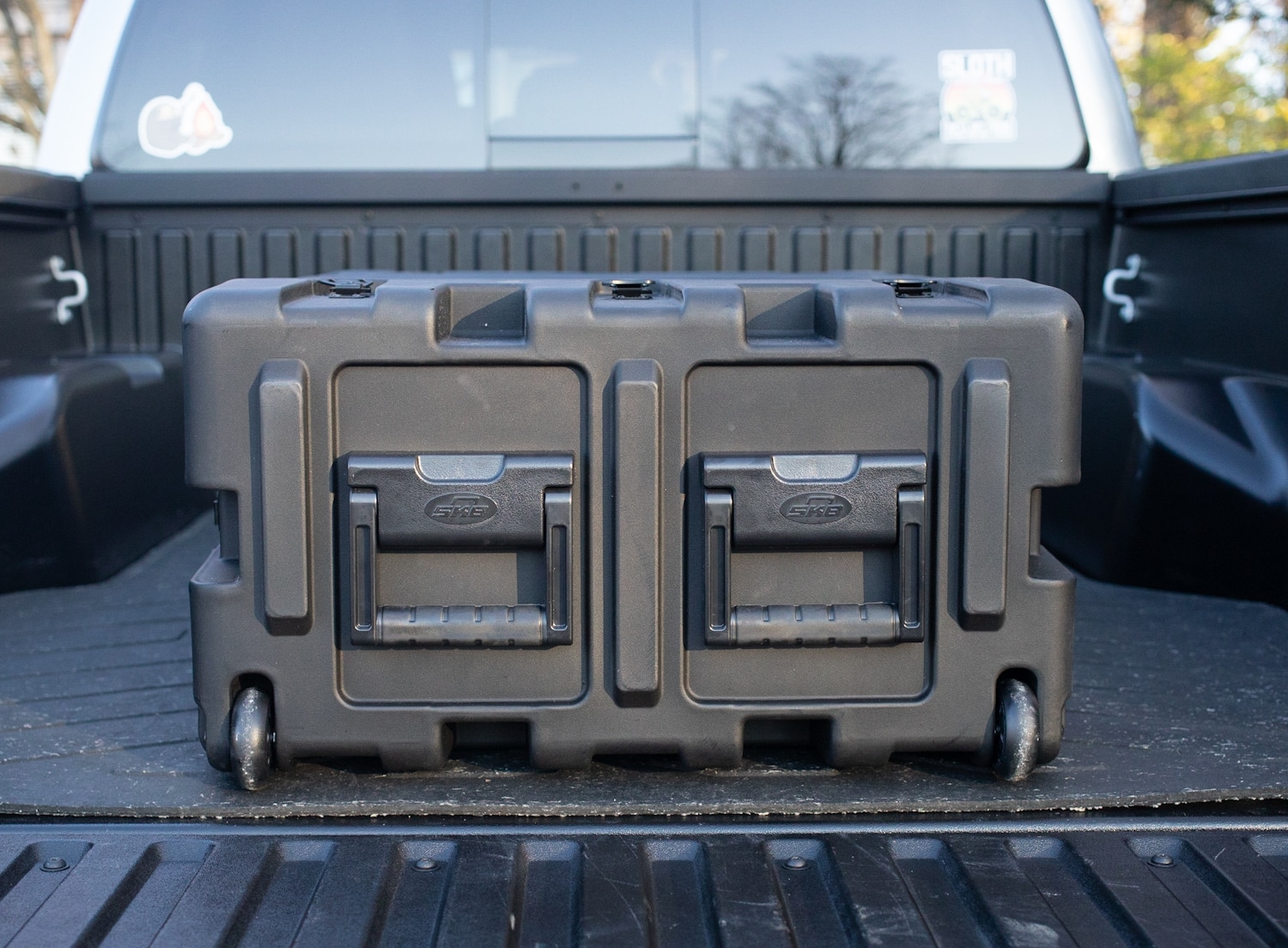
Life is Hard at the Edge
Ruggedized edge is not a new design model. Edge servers have been around for a while, collecting data and sending it back to corporate to unlock its full potential. Artificial intelligence has emphasized processing data faster to be used almost immediately, which means processing at the source. Edge AI has made a significant impact, bringing more innovative, rapid, and secure processing to many real-world applications. A personal assistant right where you need it, making decisions in real-time, saving time, money, and sometimes even lives!
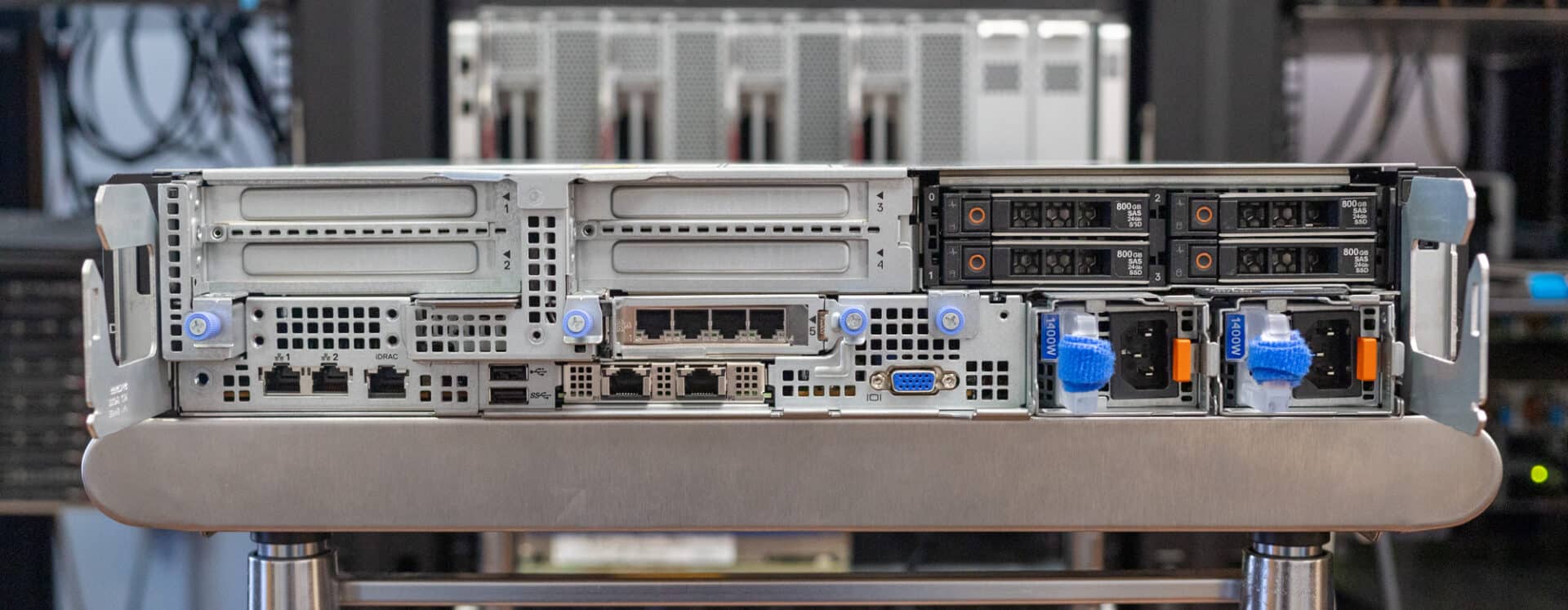
Dell PowerEdge XR7620 Configuration
Dell introduced these purpose-built PowerEdge servers last year. The model we are reviewing is the Dell PowerEdge XR7620, a rugged edge-optimized short-depth, dual-socket server, purpose-built and compact, offering acceleration-focused solutions for the edge. The difference between the XR7620 and typical edge servers is this server addresses the rapid maturation of AI/ML with support for the most demanding workloads, including industrial automation, video analytics, point of sale analytics, AI inferencing, and edge point device aggregation.
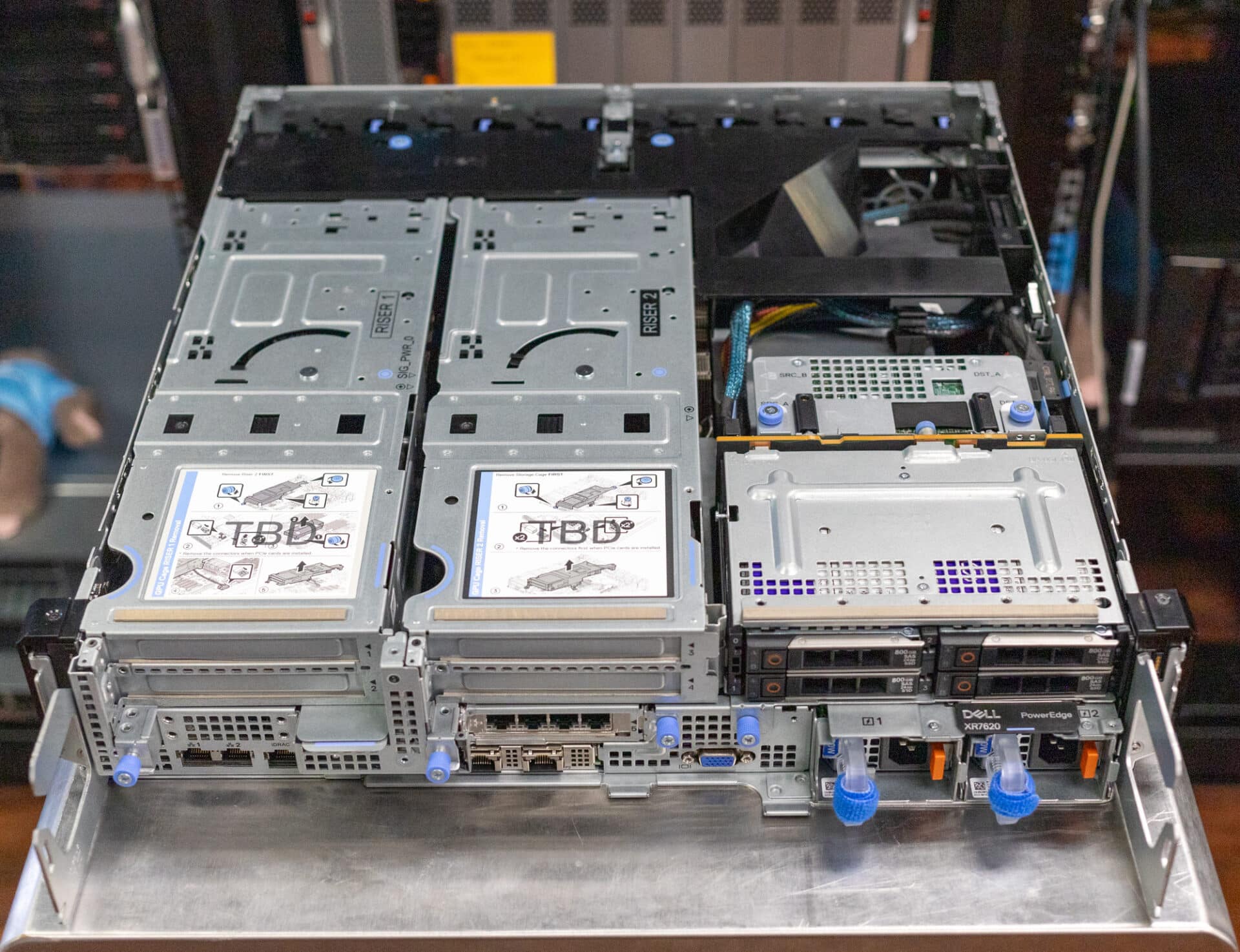
Our XR7620 is configured with 2x Intel Xeon Gold 6426Y, 128GB DDR5 4800, 480GB Dell BOSS RAID1, and 4x Solidigm SSDs. Our tests will take place in Jordan’s environmental research lab in Canada, so we procured a 60TB drive to sneakernet the data back to the Storagereview lab in Cincinnati.
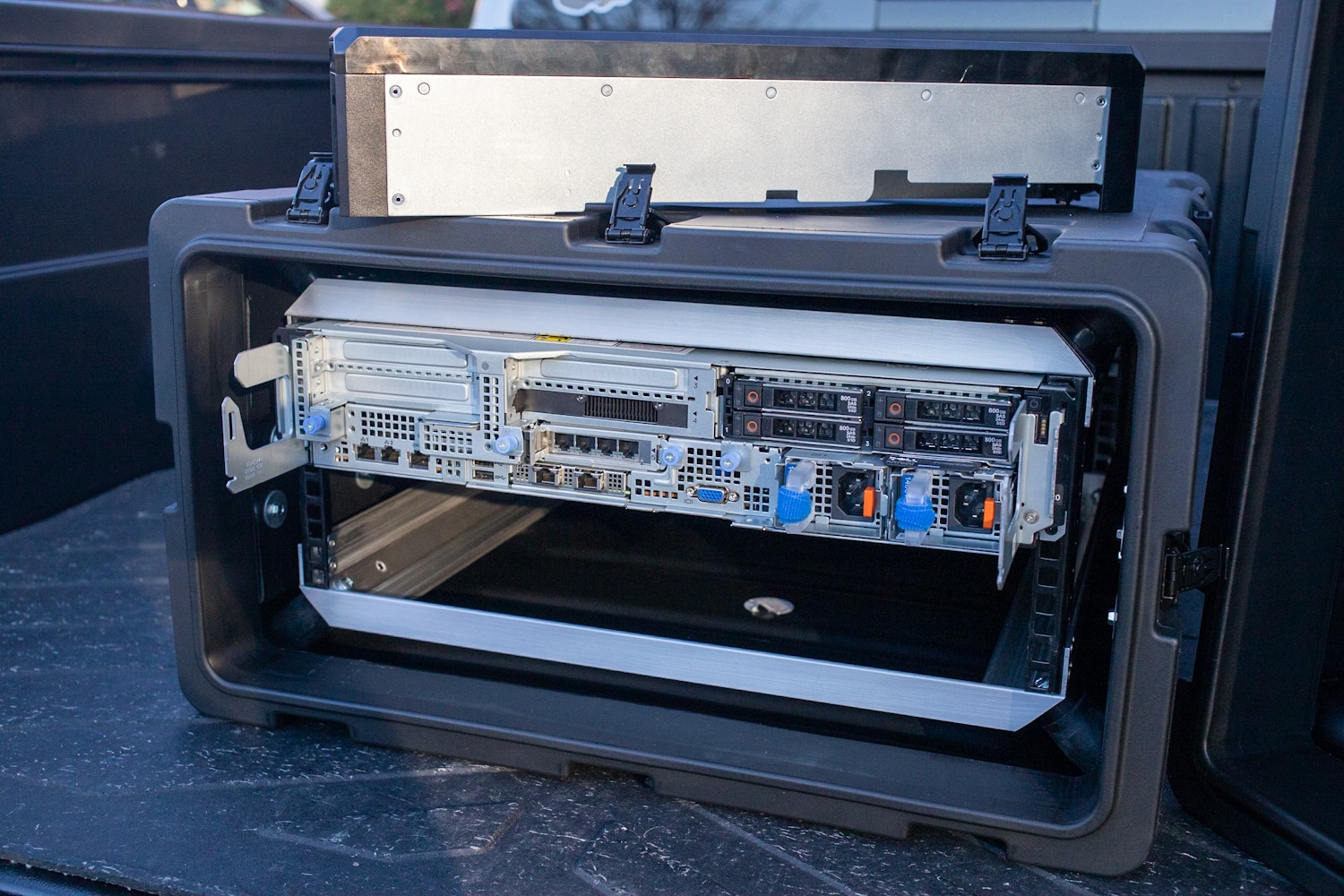
Dell PowerEdge XR7620 Specifications
| Feature | Technical Specifications |
|---|---|
| Processor | Two 4th Generation Intel® Xeon® Scalable processors with up to 32 cores per processor |
| Memory | 16 DDR5 DIMM slots, supports RDIMM 1 TB max, speeds up to 4800 MT/s. Supports registered ECC DDR5 DIMMs only |
| Storage controllers |
|
| Drive Bays | Front bays: Up to 4 x 2.5-inch SAS/SATA/NVMe SSD drives, 61.44 TB max, Up to 8 x E3.S NVMe direct drives, 51.2 TB max |
| Power Supplies |
|
| Cooling Options | Air cooling |
| Fans | Six cold swap cooling fans |
| Dimensions |
|
| Weight | Max 21.16 kg (46.64 pounds) |
| Form Factor | 2U rack server |
| Embedded Management | iDRAC9, iDRAC Direct, iDRAC RESTfulAPI with Redfish, iDRAC Service Module |
| Bezel | Optional security bezel with dust filter (dust sensor available only for Front Accessed configuration systems) |
| OpenManage Software |
|
| Mobility | OpenManage Mobile |
| OpenManage Integrations |
|
| Security |
|
| GPU options | Up to 5 x 75 W (Single Width Full Height/Half Length, Low Profile) GPU or up to 2 x 300 W (Double Width Full Height/Full Length) |
| Embedded NIC | 2 x 1 GbE LOM |
| Network options | 1 x OCP card 3.0 (optional) |
| Ports |
|
| PCIe | 2 CPU configuration: Up to 5 PCIe slots (4 x16 Gen4/5, 1 x16 LP Gen4) |
| Operating System and Hypervisors |
|
Dell PowerEdge XR7620 – Critical Edge Features
Security
Like all other PowerEdge servers, the XR7620 is designed with security in mind at every step in the server lifecycle. The security process begins with a Secure Supply Chain before the server is built. It extends to delivered servers, with Secure Lifecycle Management and Silicon Root of Trust, then secures what’s created/stored by the server in Data Protection.
This zero-trust approach to security assumes privileged access permissions requiring validation at every access and implementation point with features like Identity Access Management (IAM) and Multi-factor Authentication (MFA). This is critical for edge deployments where servers are typically installed in less-than-secure environments. This strict security policy delivers the ability to detect and respond to tampering or intrusion. Dell’s silicon-based Root of Trust platform creates a secure environment that ensures the firmware comes from a trusted source. Any detected changes in firmware versions or configurations can force PowerEdge to lock down the configuration and initiate a rollback to the last known good environment.
Management
All Dell PowerEdge servers follow a standard, three-tier system management approach that includes the Integrated Dell Remote Access Controller (iDRAC), OpenManage Enterprise (OME), and CloudIQ. This approach provides a unified, simple, automated, and secure system management solution. It allows you to manage a single server using the iDRAC Baseboard Management Controller (BMC) console, manage thousands of servers simultaneously with OME, and use intelligent infrastructure insights and predictive analytics to maximize server productivity with CloudIQ.
Cooling
We have covered the importance of cooling on overall server performance and efficiency, especially regarding AI. It may not be sexy, but delivering optimal thermal performance is critical when designing resilient, rugged edge servers. The PowerEdge XR servers have been designed with balanced, cooling-efficient airflow and, just as necessary, comprehensive thermal management that delivers optimized airflow, regulating fan speeds and reducing power consumption.
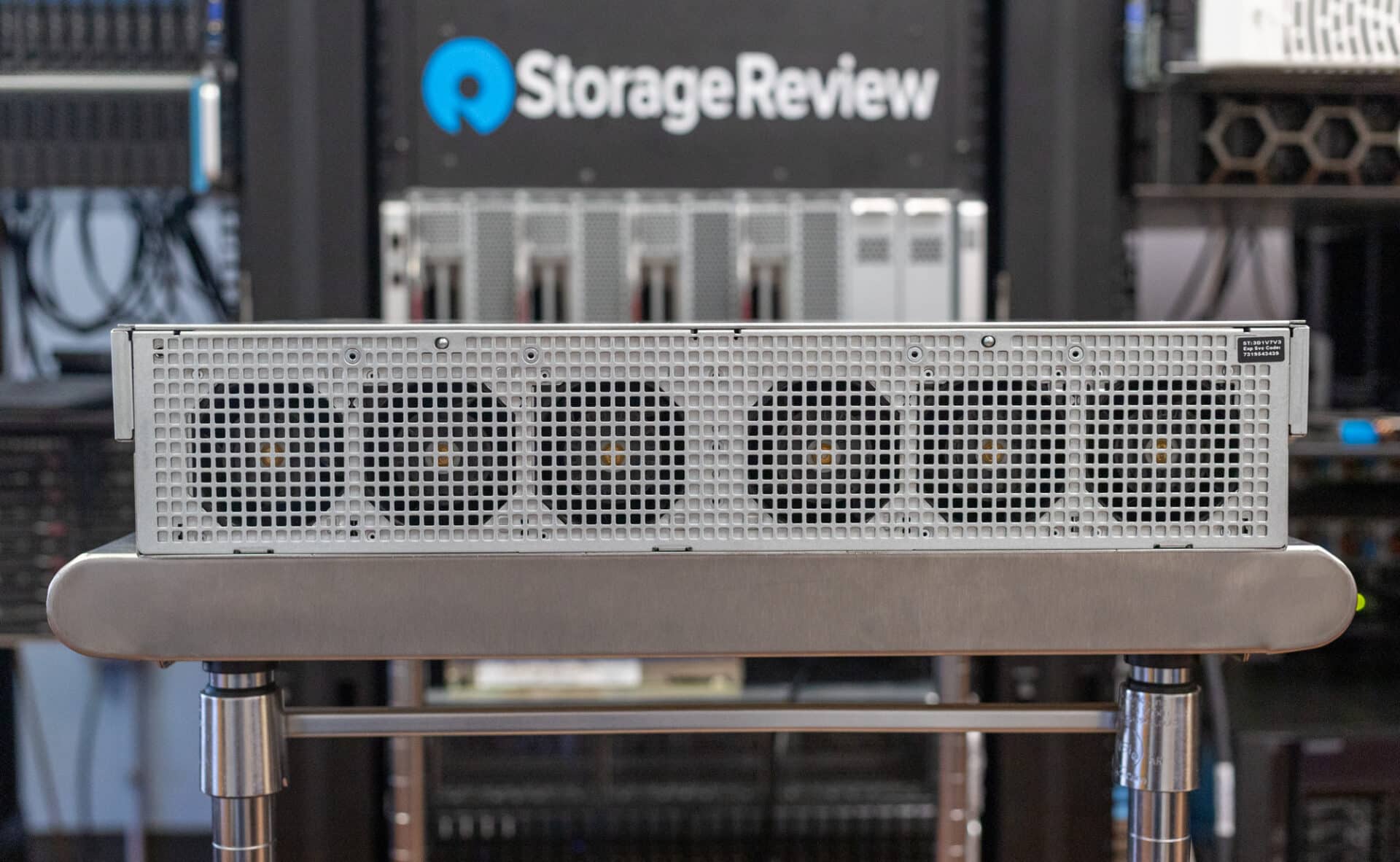
This level of detail allows the PowerEdge XR servers to operate between -5 C to 55 C. Dell is working on solutions that can extend that operational range still further.
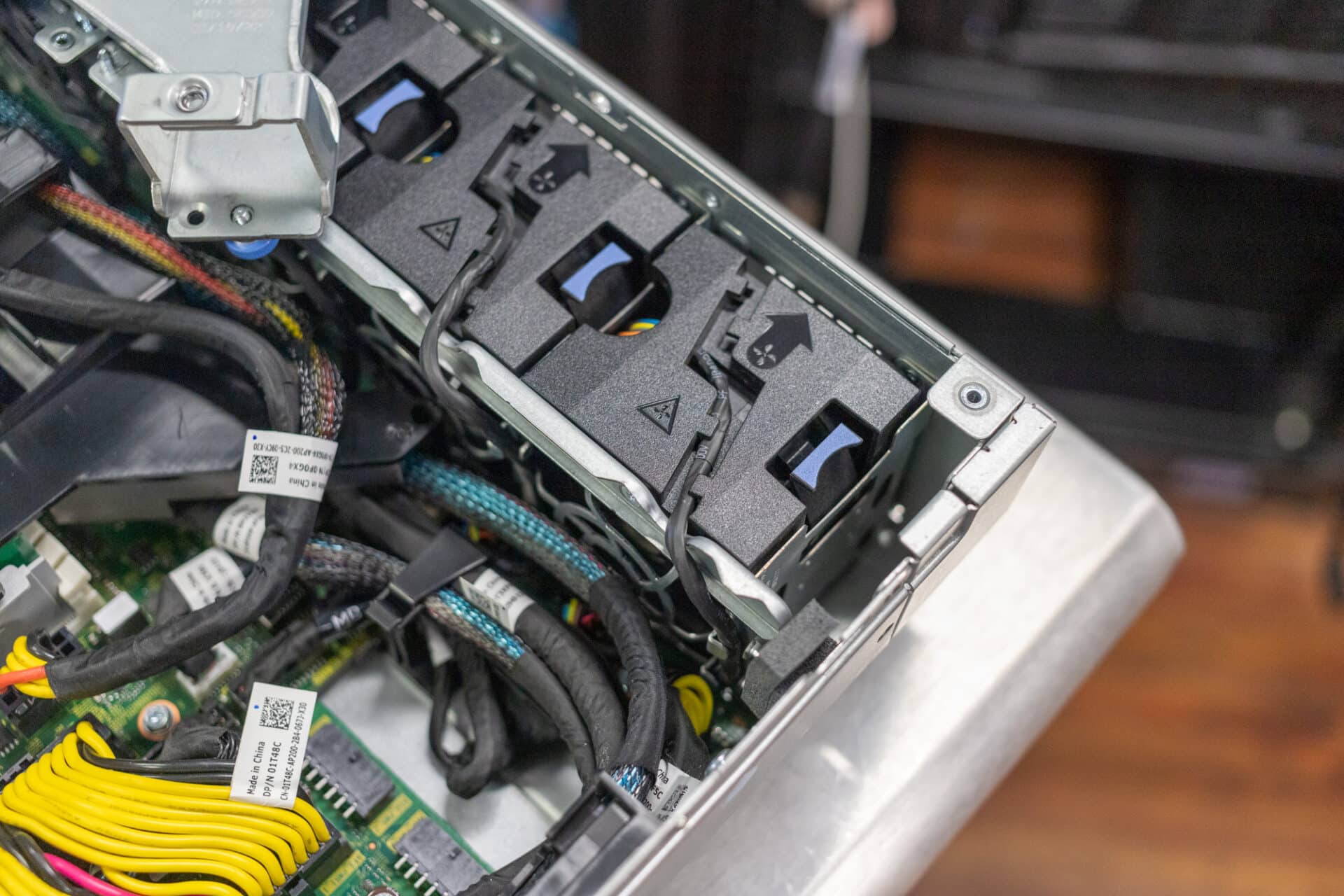
All PowerEdge XR servers are designed with multiple dual counter-rotating fans. This is equivalent to placing two fans in the same housing. It supports N+1 fan redundancy, allowing the server to continue to operate with a single fan failure at a maximum of 40 C for a minimum of four hours.
Expandability
The server’s ability to house up to eight NVMe drives and support for dense acceleration capabilities positions it well for future advancements in edge data and AI inferencing applications. Its robust design and comprehensive cooling system also mean it will continue operating efficiently as workloads and environmental conditions evolve.
Targeted Workloads
Targeted workloads include Digital Manufacturing workloads for machine aggregation, VDI, AI inferencing, OT/IT translation, industrial automation, ROBO, and military applications where a rugged design is required. The XR7620 benefits the retail market and is designed for such applications as warehouse operations, POS aggregation, inventory management, robotics, and AI inferencing.
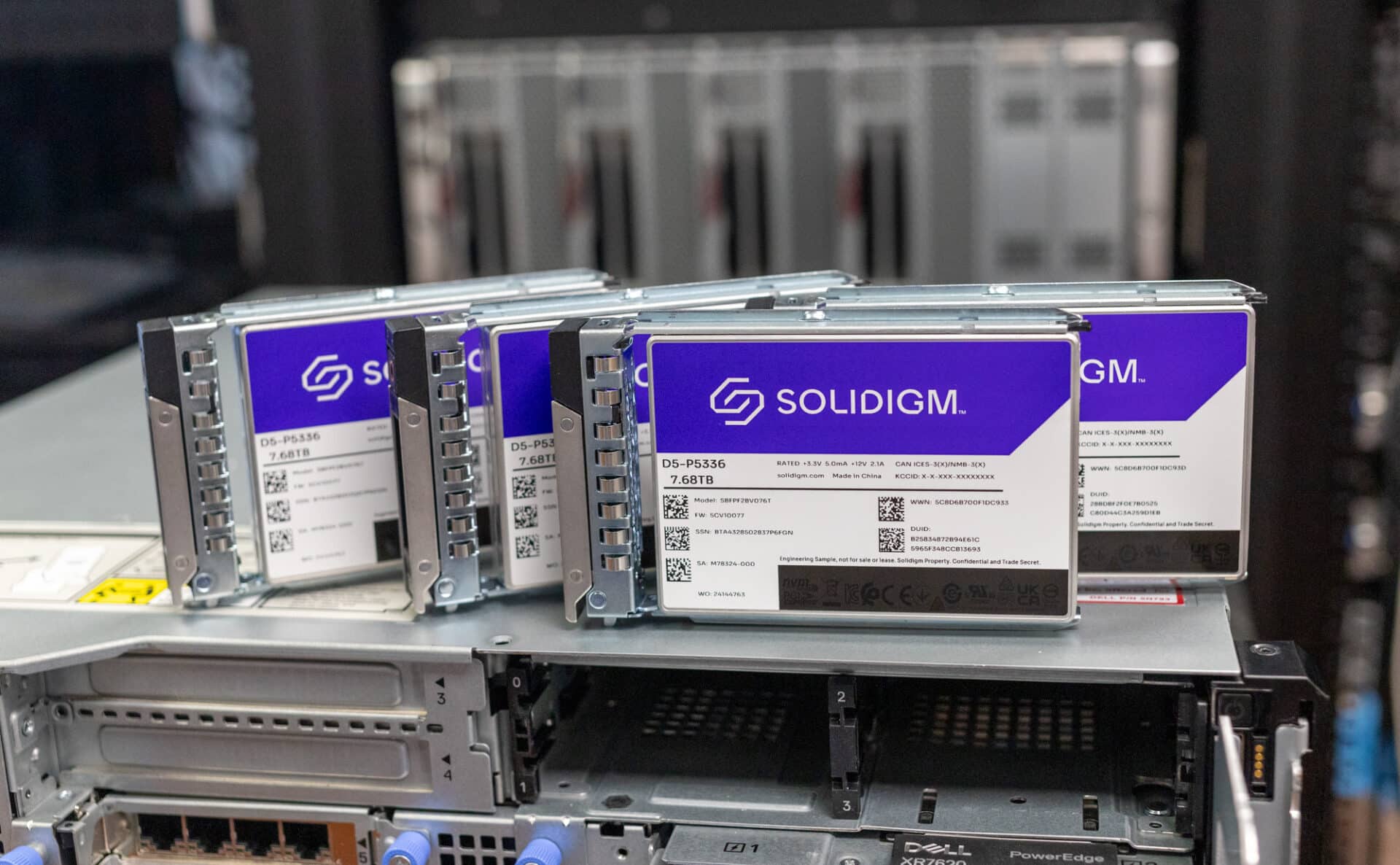
Servers like these are deployed by the military, energy exploration and extraction companies, telecom, and others needing edge nodes in the harshest environments. The PowerEdge XR server line is a short-depth 2U, 2-socket server with data center-level compute that delivers high performance, high capacity, and reduced latency.
Design and Build
The Dell PowerEdge XR7620 is highlighted by its rugged and robust design. It’s built to withstand harsh environments and is often used in settings where reliability is crucial. Typical of all PowerEdge Servers, the XR7620 chassis is well-constructed, featuring high-quality materials to endure diverse challenges.
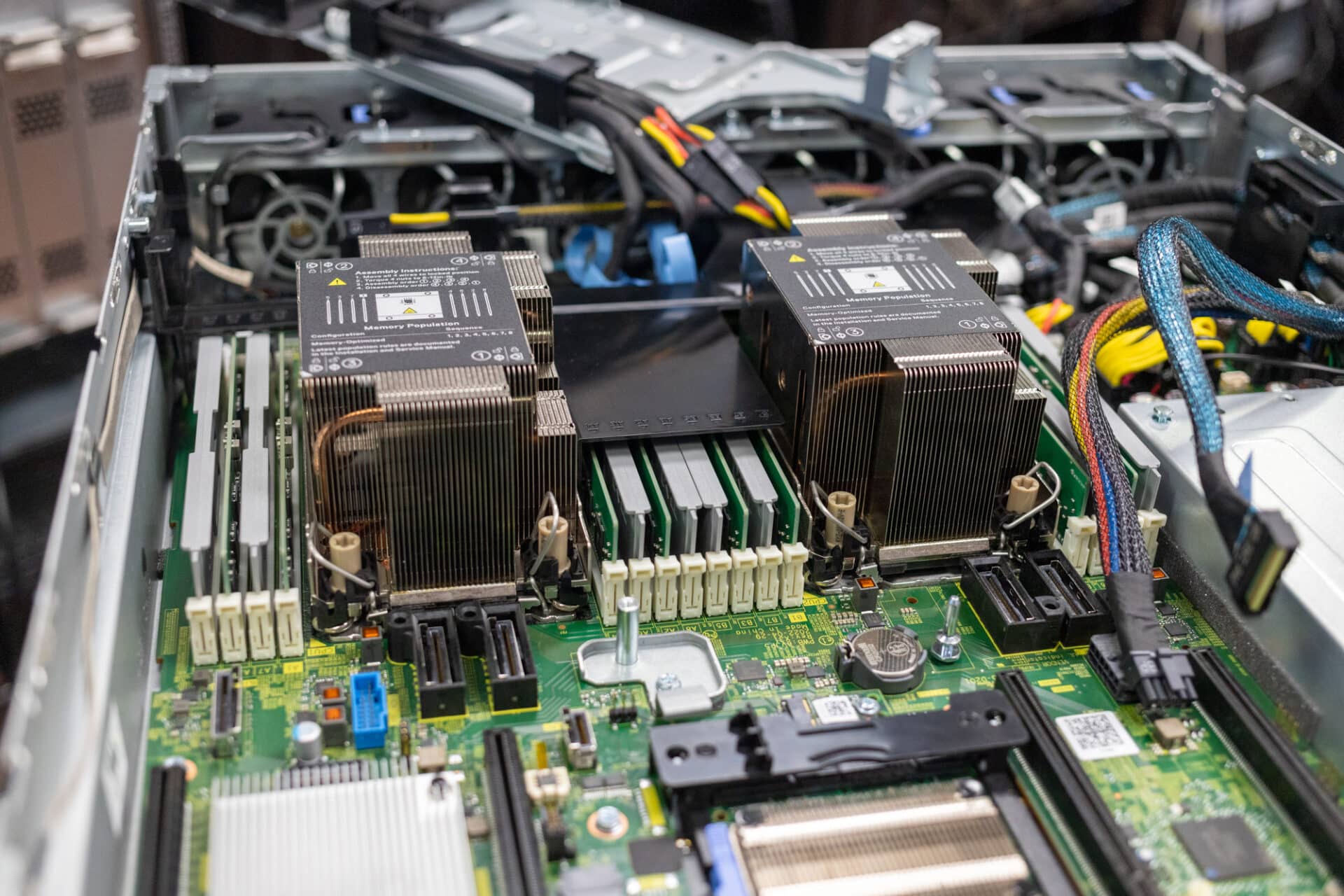
In terms of design, it’s a compact and efficient server, making the most of available space while maintaining excellent airflow for cooling.
A key feature of the XR7620 is the intelligent bezel. It plays a vital role in enhancing the functionality and security of the Dell PowerEdge XR7620 server. The intelligent bezel is not just a cosmetic addition but a critical component that contributes to the overall efficiency and reliability of the server.
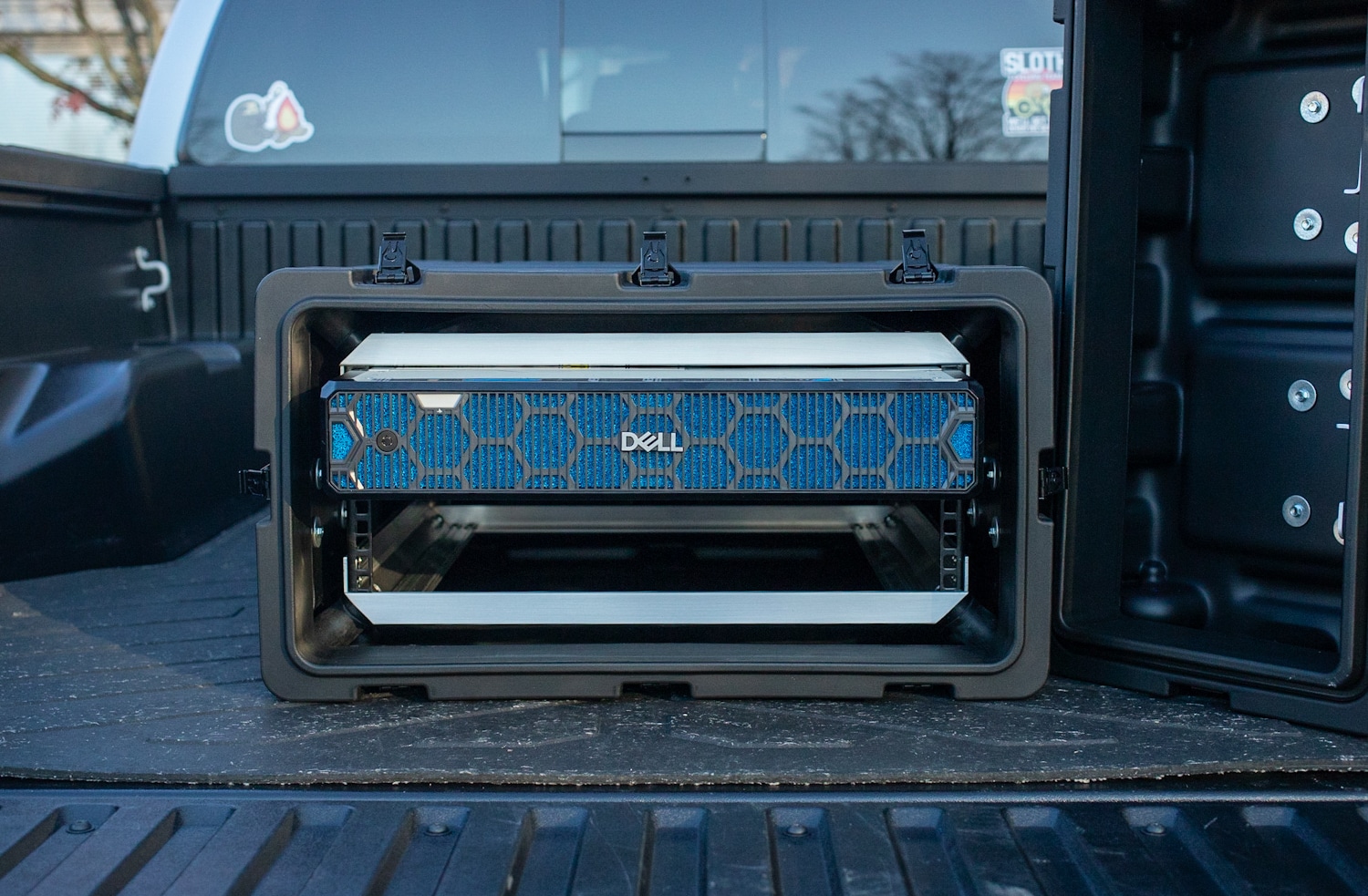
One of its primary functions is to provide a visual interface for monitoring and managing the server’s status and performance. With built-in LED indicators and a clear, user-friendly display, it offers real-time binary status information on overall system health, temperature, power consumption, and more. This feature is invaluable for IT professionals, allowing them to quickly identify servers and address issues, ensuring uninterrupted server operation.
Furthermore, the XR7620 intelligent bezel serves as a security asset. It helps safeguard sensitive data and the server by providing physical protection against tampering and unauthorized access. Locking mechanisms and intrusion detection add an additional layer of defense to the server infrastructure.
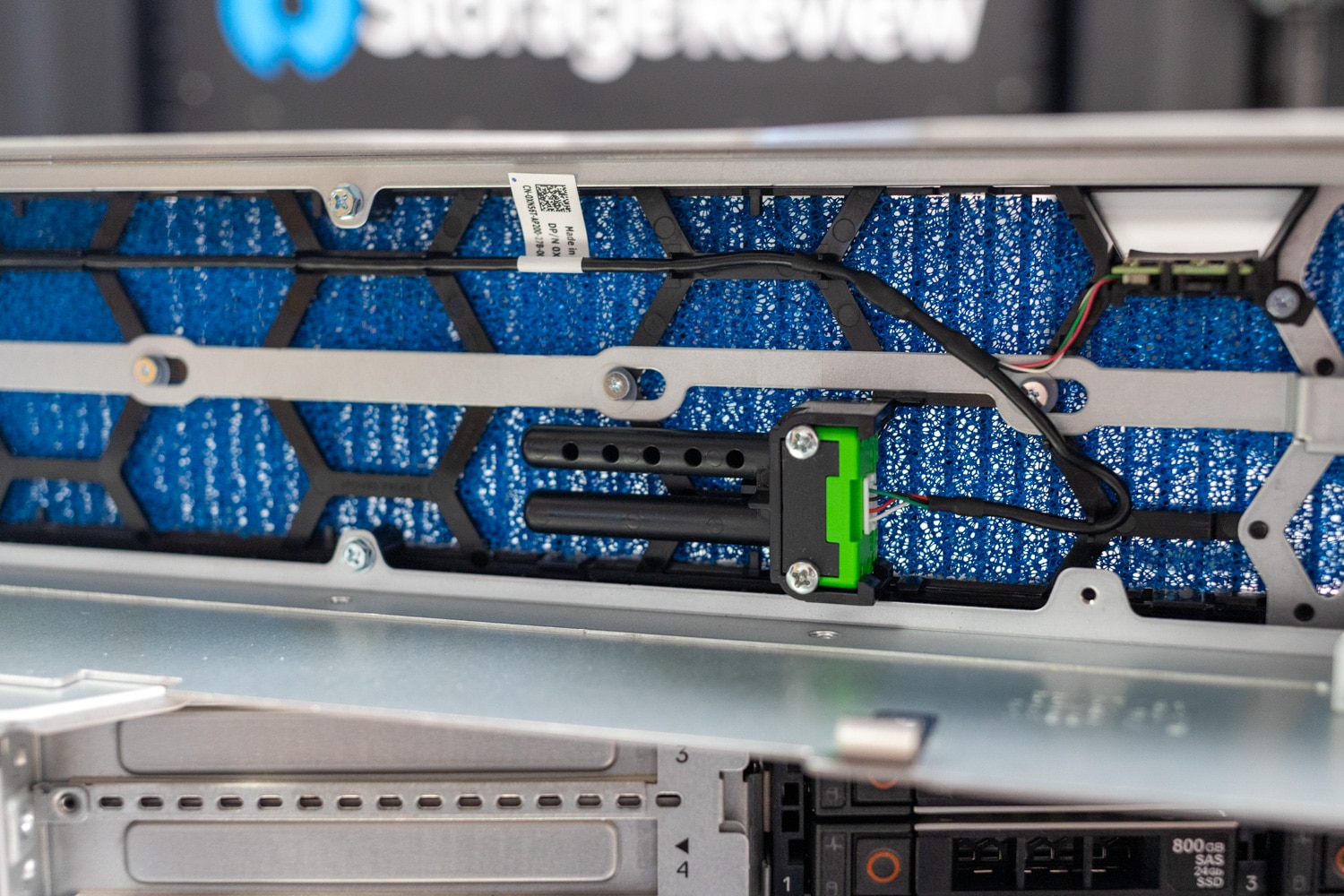
Another noteworthy feature of the XR7620 intelligent bezel is its filtering capability. This filtering mechanism goes beyond aesthetics; it actively contributes to the server’s performance and reliability. The bezel includes strategically placed air filters that help maintain a clean and dust-free environment within the server chassis. These filters help prevent dust and other large particles from entering the server, which is especially crucial in challenging environments where the server may be exposed to airborne particles.
By keeping the internal components free from dust and contaminants, the filtering mechanism prolongs the life of critical server components such as fans, heat sinks, and circuitry. It also helps maintain optimal airflow for cooling, ensuring that the server operates efficiently and with minimal risk of overheating.
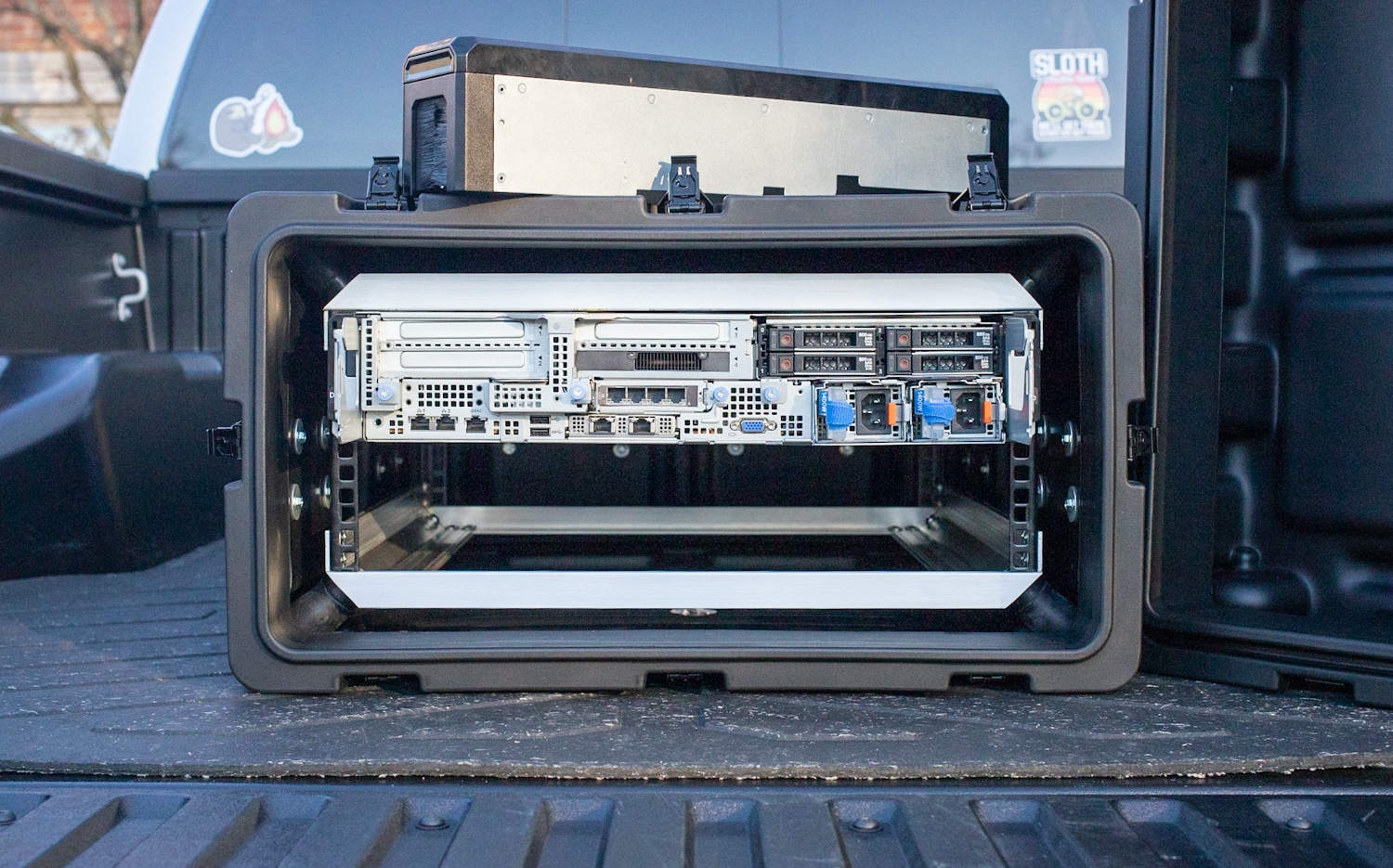
The filtering mechanism of the XR7620 intelligent bezel is a key element that enhances the server’s reliability by keeping the internal components clean and well-ventilated. This feature plays a significant role in ensuring the server’s longevity and smooth operation in various operational environments.
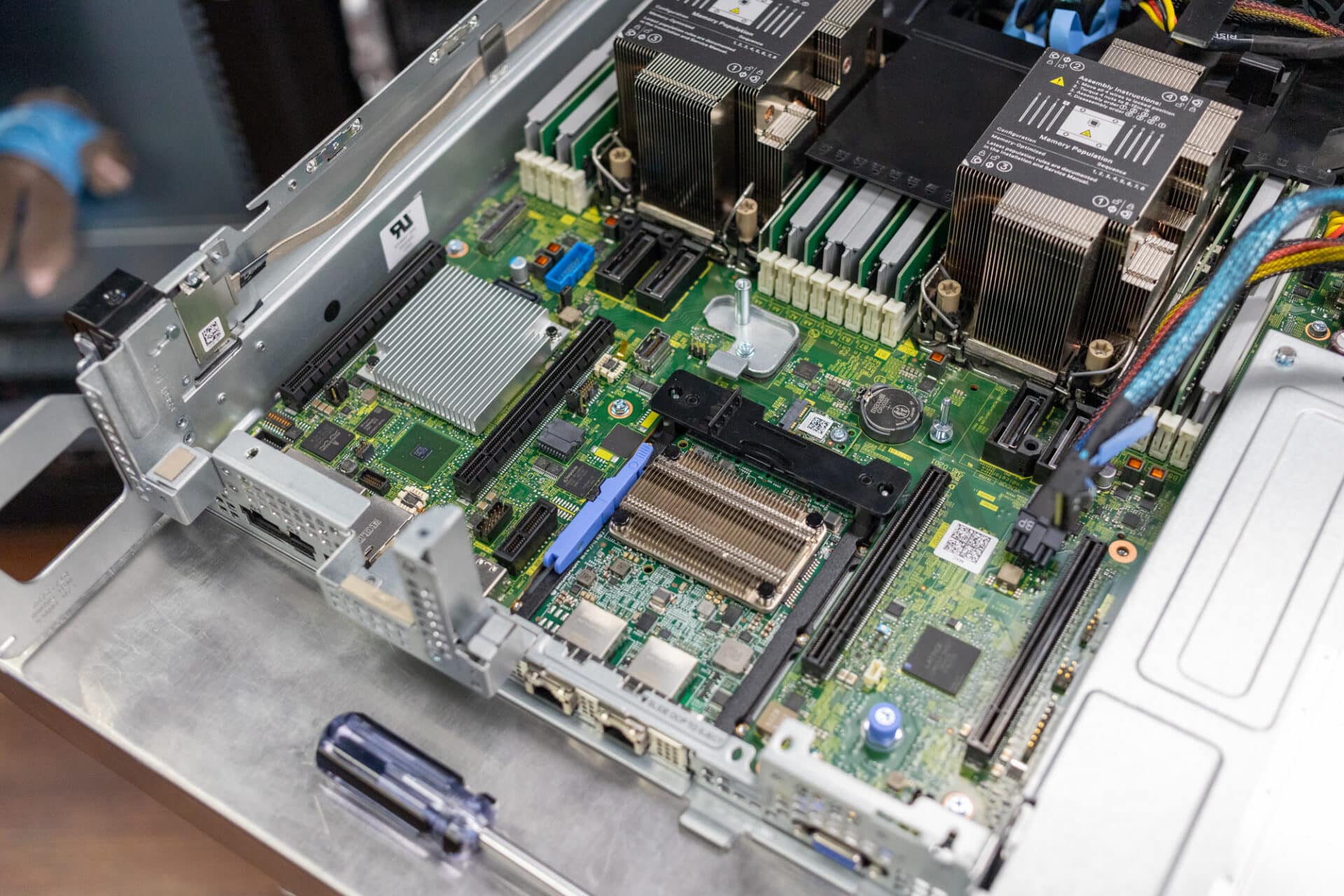
The PowerEdge XR7620 is designed to operate reliably in challenging conditions, from extreme temperatures and humidity to dusty environments and shock, and is NEBS Level 3, GR-3108 Class 1, and MIL-STD-810G certified.
The XR7620 improves on the previous PowerEdge XR2 and XE2420 servers, with similar base features and the newest components, including:
- A CPU upgrade to the recently announced Intel 4th Generation Xeon Scalable processor, with up to 32 cores.
- 2x the memory bandwidth with the upgrade from DDR4 to DDR5
- Higher performance I/O capabilities with the upgrade from PCIe Gen 4 to PCIe Gen 5, with 5 x PCIe slots.
- Enhanced storage capabilities with up to 8 x NVMe drives, BOSS support, and HW-based NVMe RAID.
- Dense acceleration capabilities at the edge where the XR7620 excels, with support for up to 2 x double-width (DW) accelerators at up to 300W each or four single-width (SW) accelerators at up to 150W each. Intelligent filtered bezel for work in dusty environments
Dell PowerEdge XR7620 Performance
Our review system is configured with the following key components for testing:
- 2 x Xeon Gold 6426Y – 16-core 2.5GHz
- NVIDIA L4
- 8 x 16GB DDR5
- 480GB BOSS RAID1
- Dell PERC H755 PERC 11
- 1400W PSUs
- Broadcom 2 x 10Gb NIC
- Intel 4 x 10Gb NIC
Geekbench 6 is a cross-platform benchmark that measures the performance of a system and provides a score for comparison. It is designed to work on multiple platforms and provides a consistent performance measure across many devices, from smartphones and tablets to desktops and servers.
| Geekbench6 Multi | 16,507 |
| Geekbench6 Single | 1,864 |
Cinebench is a widely used benchmarking tool that measures the performance of CPUs and GPUs using Maxon Cinema 4D for rendering. It provides a score that can be used to compare the performance of different systems and components. We included the R23 and 2024 results.
| Cinebench R23 Multi | 46,544 |
| Cinebench R23 Single | 1,292 |
| Cinebench 2024 Multi | 2,383 |
| Cinebench 2024 Single | 73 |
y-cruncher 0.8.3.9522 is a multi-threaded and scalable program that can compute Pi and other mathematical constants to trillions of digits. Since its launch in 2009, it has become a popular benchmarking and stress-testing application for overclockers and hardware enthusiasts.
| y-cruncher 1b (1Billion Digits) | 9.805s |
| y-cruncher 2.5b (2.5Billion Digits) | 27.344s |
| y-cruncher 5b (5Billion Digits) | 60.564s |
| y-cruncher 10b (10Billion Digits) | 133.100s |
| y-cruncher 25b (25Billion Digits) | 383.261s |
Blender benchmark measures the 3D rendering performance of a CPU or GPU by rendering a 3D scene in the Blender software. It provides a score that can be used to compare the performance of different systems and components.
| Blender 3.6 CLI CPU Only | Blender 4.0 CLI CPU Only | |
| Monster | 333.737716 | 312.455545 |
| Junkshop | 216.598456 | 213.333376 |
| Classroom | 161.74015 | 161.812143 |
| Total | 657.218016 | 687.601064 |
GPU Acceleration
The XR7620 supports up to 2x 300W accelerator cards for GPUs to handle demanding edge workloads, delivering 45 percent faster image classification than the Dell XR 12 server with a single 300W GPU accelerator. The combination of low latency and high processing power provides faster and more efficient data analysis, enabling organizations to make real-time decisions for more monetization.
To test the Inferencing performance, we ran MLPerf 3.1 Inference, both offline and server. BERT (Bidirectional Encoder Representations from Transformers) is a transformer-based model primarily used for natural language processing tasks like question answering, language understanding, and sentence classification. ResNet50 is a convolutional neural network (CNN) model widely used for image classification tasks. It’s a variant of the ResNet model with 50 layers, known for its deep architecture yet efficient performance.
In order to test run MLPerf 3.1, we outfitted our XR7620 with a single NVIDIA L4 GPU. The L4 is a highly capable card, designed specifically for AI and deep learning workloads. With a massive 24GB of VRAM on a half-height half-length, power-sipping 70-watt card, the L4 is a perfect accelerator for this rugged edge server. The L4, part of NVIDIA’s latest generation of Ada Lovelace data center GPUs, is engineered to deliver exceptional performance in machine learning tasks, making it an ideal choice for our benchmarking objectives.
| Resnet50 – Offline: | 13,010.2 |
| Resnet50 – Server: | 12,204.4 |
| Bert K99 – Offline: | 973.465 |
| Bert K99 – Server: | 898.945 |
- Offline Mode: This mode measures a system’s performance when all data is available for processing simultaneously. It’s akin to batch processing, where the system processes a large dataset in a single batch. This mode is crucial for scenarios where latency is not a primary concern, but throughput and efficiency are.
- Server Mode: In contrast, server mode evaluates the system’s performance in a scenario that mimics a real-world server environment, where requests come in one at a time. This mode is latency-sensitive, measuring how quickly the system can respond to each request. It’s crucial for real-time applications where immediate response is necessary, such as in web servers or interactive applications.
Our XR7620, configured with a modest pair of 4th Generation Xeon Scalable Gold CPU’s was able to feed the L4 without issue, with the results being in line with what has been validated by NVIDIA in their MLPerf 3.1 Inference submission. We are just getting our MLPerf 3.1 validations going, so look for this as a baseline comparison for future reviews.
Conclusion
The Dell PowerEdge XR7620 is a well-designed and robust server known for its durability and reliability. Its thoughtful design and build quality make it a dependable choice for businesses and organizations that require high-performance computing in challenging settings. Its robust and resilient design and cutting-edge technological advancements position it as a formidable player in challenging environments. Further, the server’s versatile connectivity and expansion options, combined with Dell’s dependable support and warranty services, ensure that it not only meets but exceeds the demands of modern edge computing scenarios.
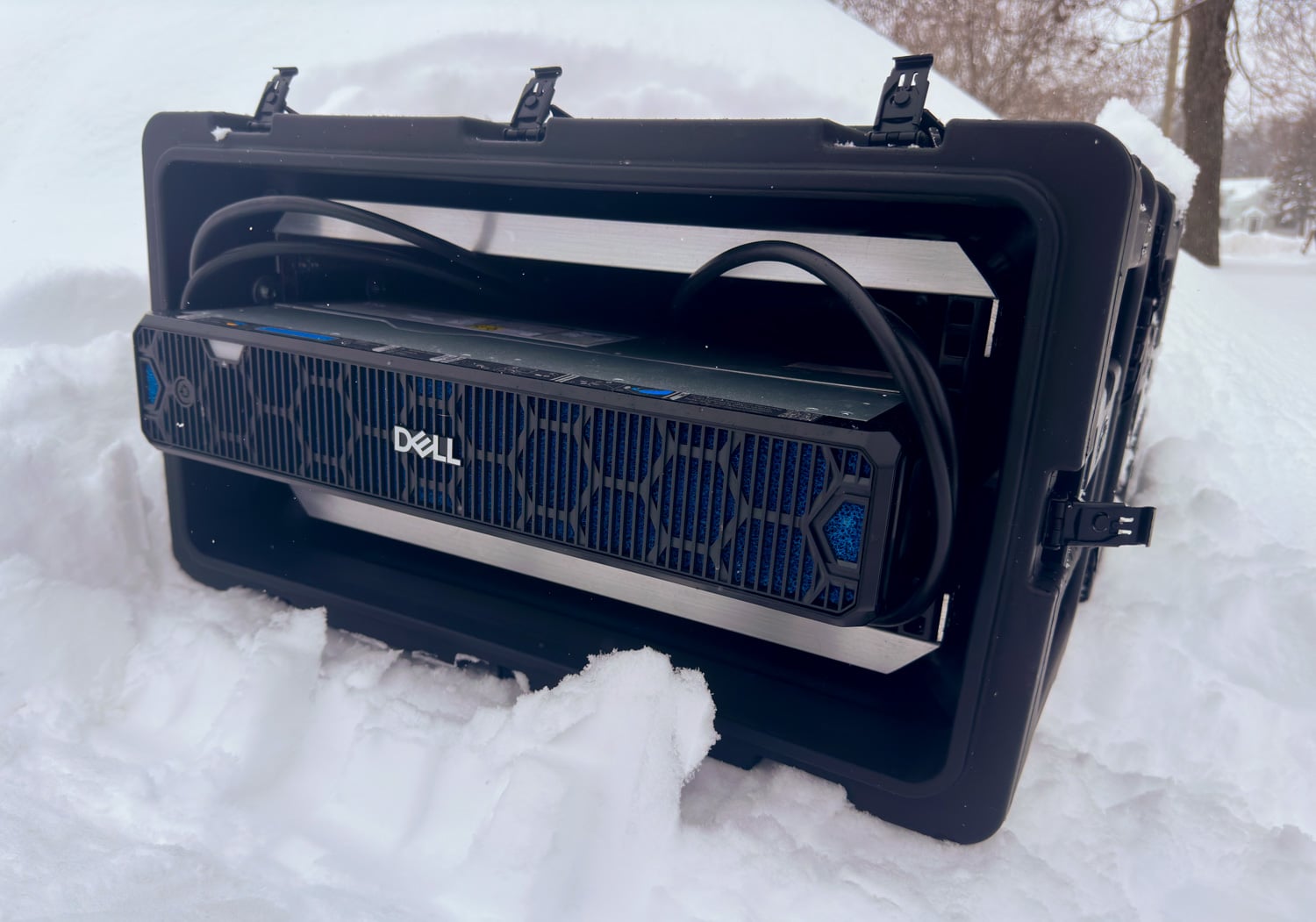
While the price point is a consideration, the Dell PowerEdge XR7620 offers undeniable value for money, especially for industries requiring unwavering reliability and performance in extreme conditions. Overall, the PowerEdge XR7620 is a comprehensive solution designed to tackle the complexities and challenges of modern edge computing, proving itself to be a wise investment for businesses looking toward the future.
Next up, we’re taking this system to the extreme for a major research undertaking, more to come!


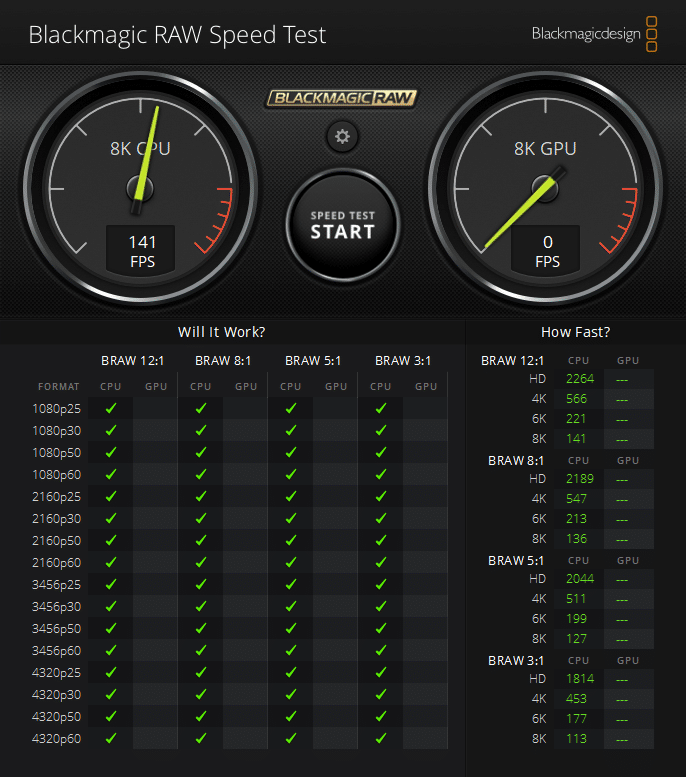


 Amazon
Amazon